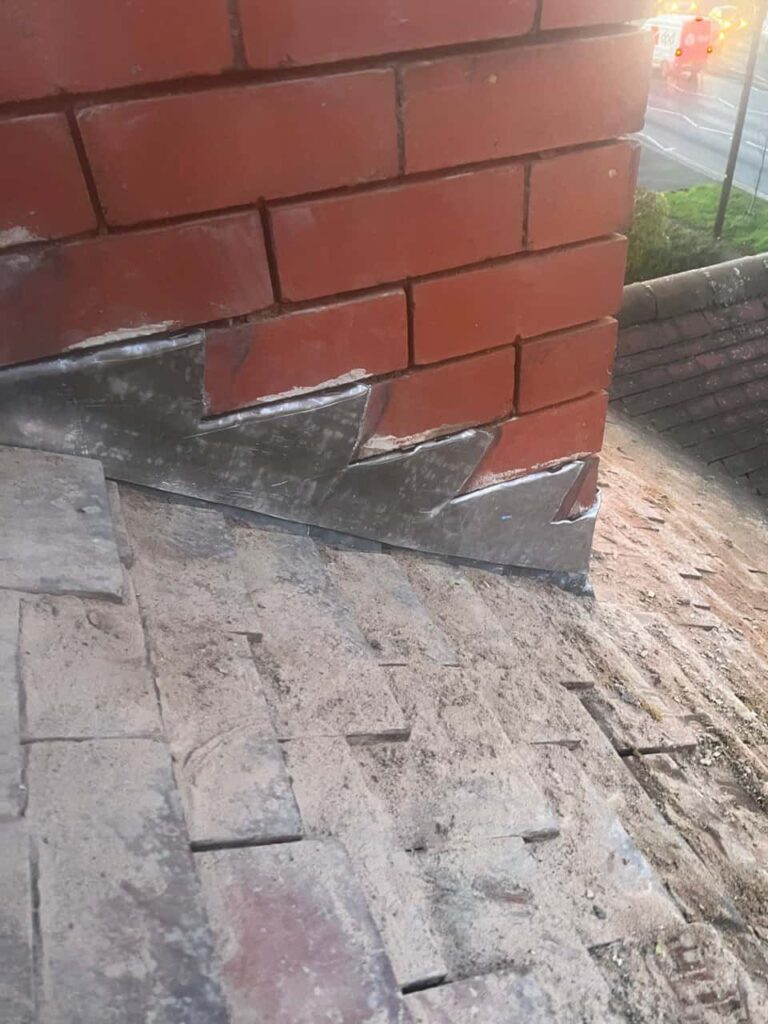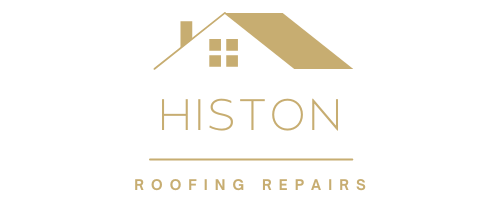Your roof is one of the most visible and essential parts of your home, but over time, exposure to the elements can cause discolouration and fading. Roof discolouration doesn’t just affect the aesthetic appeal of your home—it can also signal deeper problems, such as damage to roofing materials or the growth of algae and mould. At Histon Roofing Repairs, based in Histon, Cambridgeshire, we understand how important it is to maintain the appearance and longevity of your roof. In this blog post, we’ll explore the causes of roof discolouration and fading and offer tips on how to prevent it from happening.
1. Understanding the Causes of Roof Discolouration
Before you can prevent discolouration, it’s important to understand what causes it. Several factors contribute to fading and staining, and each requires a slightly different approach for prevention.
- UV Exposure: One of the most common causes of roof fading is exposure to ultraviolet (UV) rays from the sun. Over time, UV radiation can break down the pigments in your roofing material, causing colours to fade.
- Algae Growth: In damp and humid climates, algae growth is a common cause of roof staining. The most prevalent type is black streaks caused by a type of algae known as Gloeocapsa magma, which thrives in moist environments.
- Moss and Lichen: Moss and lichen can grow on roofs, especially in shaded areas, trapping moisture and causing discolouration. These organisms can also weaken the roofing material over time.
- Pollution and Debris: Dust, dirt, leaves, and other debris can accumulate on your roof, causing unsightly staining. Pollution, especially in urban areas, can also lead to a build-up of grime that alters the appearance of your roof.
- Water Stains: Improper drainage or blocked gutters can lead to water stains on the roof, especially around flashing or in valleys where water pools.
2. Choose the Right Roofing Material
One of the most effective ways to prevent roof discolouration is by choosing a roofing material that is resistant to fading and stains. Modern roofing materials are often treated with special coatings designed to resist UV damage, algae growth, and weathering.
- UV-resistant materials: Certain roofing materials, such as tiles and slates, are naturally resistant to fading caused by UV exposure. Additionally, modern asphalt shingles often come with UV-reflective coatings that help protect the roof from sun damage.
- Algae-resistant shingles: Many manufacturers now offer algae-resistant shingles that are treated with copper or zinc granules. These metals help prevent algae growth, keeping your roof free from black streaks and discolouration.
3. Keep Your Roof Clean and Maintain Proper Drainage
Regular cleaning is essential to prevent discolouration caused by debris, algae, moss, and other contaminants. By keeping your roof clean, you can prevent these elements from accumulating and causing long-term damage.
- Clean gutters regularly: Blocked gutters can cause water to pool on the roof, leading to water stains and algae growth. Ensure your gutters and downspouts are kept clear of debris to allow proper water drainage.
- Remove debris promptly: Leaves, twigs, and dirt can accumulate on the roof, especially in valleys and shaded areas. Regularly remove debris to prevent the growth of moss and algae, which thrive in damp environments.
- Pressure washing: If your roof has already developed moss, algae, or stains, a professional roof cleaning service using a soft pressure wash can help remove these contaminants without damaging the roofing material.
4. Apply Roof Treatments and Coatings
Roof coatings and treatments can provide an extra layer of protection against UV rays, algae, and moisture. These treatments not only prevent discolouration but also help extend the life of your roof.
- Reflective roof coatings: Reflective coatings can help reduce the amount of UV radiation absorbed by your roof, keeping it cooler and reducing the risk of fading. These coatings are particularly useful for asphalt shingles, which are prone to fading over time.
- Algae and moss prevention treatments: Chemical treatments specifically designed to prevent algae and moss growth can be applied to your roof. These treatments help inhibit the growth of organic matter that causes staining, keeping your roof looking clean and fresh for longer.
5. Schedule Regular Roof Inspections
Regular roof inspections by a professional roofing company can help you catch potential issues before they lead to discolouration or fading. A thorough inspection can identify areas where algae or moss may begin to grow, or where debris has accumulated and needs to be removed.
- Early detection: Professional inspections can identify minor issues such as blocked gutters, small leaks, or areas prone to algae growth. Addressing these problems early can prevent more extensive damage and discolouration in the future.
- Professional cleaning services: If your roof has already started to fade or show signs of discolouration, professional cleaning services can restore its appearance. A professional will use the appropriate methods and cleaning agents to avoid damaging your roof while removing stains and contaminants.
Conclusion
Roof discolouration and fading can detract from the appearance of your home and signal underlying issues with your roof. However, with the right materials, regular maintenance, and preventative measures, you can keep your roof looking fresh and vibrant for years to come. At Histon Roofing Repairs, we offer professional roofing services, including inspections, repairs, and cleaning, to help protect your roof from the elements.
Call us on: 01223 948 995
Click here to find out more about Histon Roofing Repairs
Click here to complete our contact form and see how we can help with your roofing needs.

